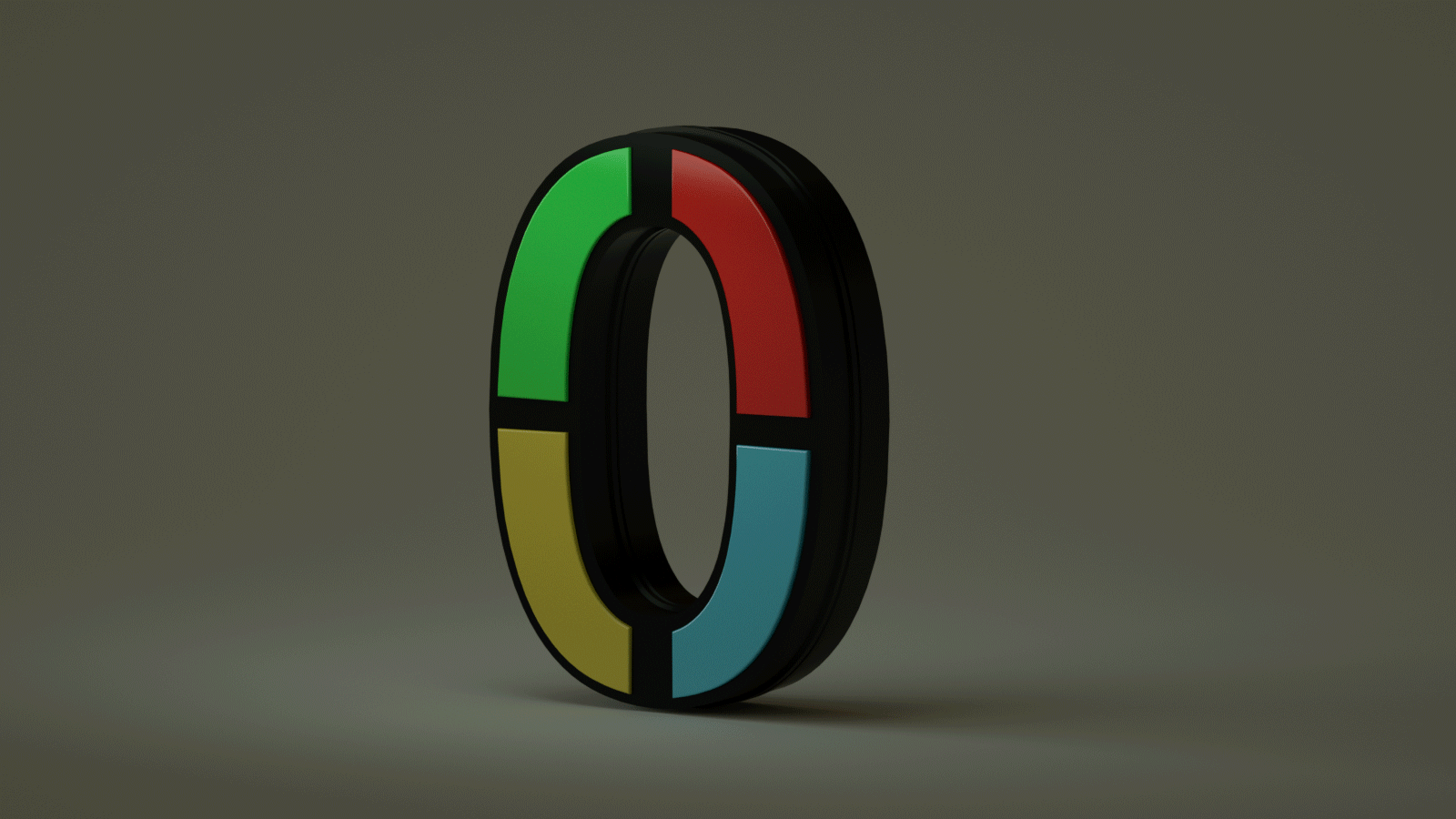The Sphinx: a Soviet-era, retrofuture smart home dream
In 1987, a Soviet industrial designer named Dmitry Azrikan was tasked by the Soviet State Committee for Science and Technology with creating a “revolutionary computer.” The result (created alongside two other designers named A. Kolotushkin and V. Goessenwas) was nothing short of mind-blowing — a system called the Sphinx (Super Functional Integrated Communicative System) which presaged the connected home and widespread internet adoption by 30 years. The system was previewed in the Russian publication Technical Aesthetics (dope name, by the way) that same year in an attempt to introduce the concept to a larger audience. “This is not so much a project of an object, as a project of the interaction of consumers (families) with information,” read the article, foreshadowing an age when every device we owned was in constant communication. While the underlying tech is now widespread, it’s unfortunate that the Sphinx’s industrial design concepts haven’t made their way into the mainstream. At a moment when we’re all very concerned about Russian hacking and election interference, it’s easy to forget the historic contributions of Russian engineers (particularly in the Cold War-era) to advances in science and technology. Gaze upon their work and dream.
Read more about the Sphinx at Soviet Visuals. Special thanks to the Reddit Mechanical Keyboards community and user manuhortet for finding this gem.





